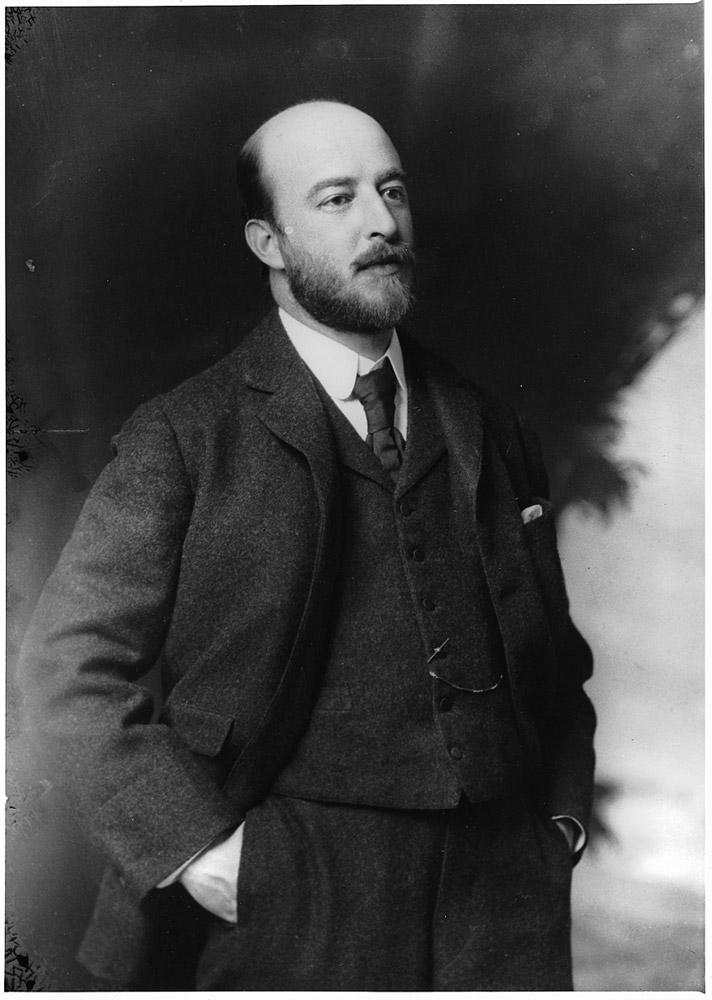James Wilson Morrice (1865–1924) was born and raised in Montreal, and although he studied law in Toronto and was called to the Ontario bar in 1889, he was by then already exhibiting professionally as an artist. In 1890 he left Canada to study painting in London, and in the fall of 1891 he moved to Paris and enrolled in the Académie Julian, where he became involved with other English-speaking painters who introduced him to painting locales around France and drew him into the Anglo-American circle of artists and writers that had gathered around the famous American artist James McNeill Whistler.
That connection may have piqued his initial interest in Venice, which was a favourite subject of Whistler’s. Morrice first visited Venice in 1894. He returned for a longer stay in 1897 and for a visit of some duration in the summer of 1901, then again in 1902, 1904 and 1907. He began exhibiting Venetian work in 1902, canvases painted in his Paris studio based on oil sketches and drawings. He participated in the Venice Biennale twice—in 1903 and 1905—but showed French subjects.
Morrice exhibited regularly in the Paris Salon and in major exhibitions in London and Canada, and his Venetian work came just when he was beginning to receive regular praise from international critics. One of the most memorable of his Venetian canvases, however, seems not to have been shown in a catalogued exhibition during his lifetime, and remained in his hands until his death.
Venice at the Golden Hour (ca. 1901–02) is based on sketches made one evening, likely during the 1901 visit, from a cafe patio table, as was Morrice’s custom. The scene has been recorded, between sips of a drink, over an extended viewing—observed in such detail, in fact, that we can identify the location precisely. It is on the Grand Canal at the Rialto Bridge, one of Morrice’s favourite sites in Venice, right in the centre of the city.
From his table, we look out upon a man in a sandolo, the traditional small Venetian flat-bottomed rowing boat, and beyond that the shops of the Riva del Ferro, with the steps to the Rialto Bridge on the left and the facade of a magnificent Gothic palazzo rising above. (This building, which still survives, now houses the Hotel Rialto.) Beyond, we see the bell tower of San Bartolomeo poking into the sky.
While it is clear that Morrice has carefully studied the details of the scene—the fenestration of the buildings, the bustling activity on the quay—the painting is about experiencing a moment in the day, that glorious “golden hour” just before the sun slips below the horizon. The sun is shining from behind him, and the lower portion of his view is already in shadow, dark enough that lanterns on the street have been lit. The light on the buildings above the arching shadow is sparkling, resplendent, hauntingly luminous, between a darkening sky and the rich, sauce-like glow of the water. Morrice clearly savoured the reliving of this experience while recreating it on canvas in his Paris studio, and thanks to his penetrating vision and highly honed skills with a brush, we now can savour it deeply, too.









